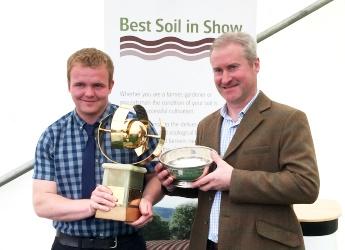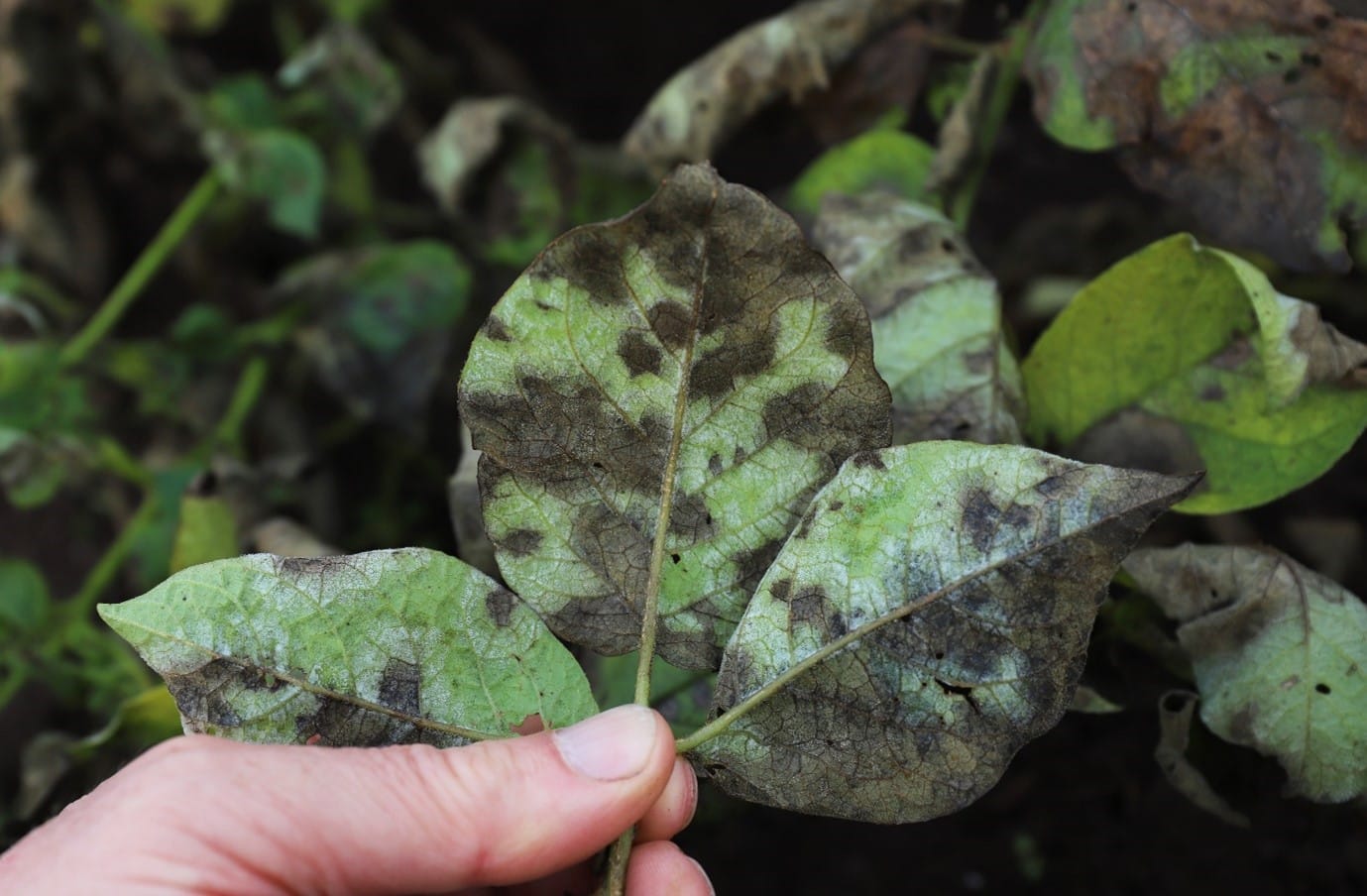John Weir, of Lacesston Farm near Cupar, has been announced as the winner of Best Soil in Show at the Royal Highland Show 2018, with Douglas Greig, of Tealing by Dundee, scooping the Young Farmers prize for a record third time.
Lacesston is a 200-hectare farm which predominantly grows spring barley for malting, as well as potatoes and winter varieties of wheat, oats, oilseed rape and barley.
NFU Scotland President, Andrew McCornick, who farms near Dumfries, said: “With soil health a top priority for any productive farming system, I am delighted for the winners and congratulate all those that entered this important competition.
“When farm margins are tight, investment that protects or enhances the structure and health of soils can often be neglected. This competition was the inspiration for our business to carry out a major programme of soil analysis on our farm last spring. With pH levels low, we questioned whether we could afford the necessary improvements. However, if we are to make the most of other inputs like fertiliser and grass seed, the reality was that we couldn’t afford not to do it if we are to get the best out of our soil and the farm. These winners are a great example of what can be achieved.”
After commending the winners, Professor Colin Campbell, Chief Executive of the James Hutton Institute, added: “Best Soil in Show highlights the importance of soil for productivity as well as sustaining a wide range of benefits to our environment. The soils submitted to the competition show that many farmers are aware of its importance and a need to invest in this natural capital.
“However, the call for more attention to be paid to soil health in our recently published Agricultural Strategies highlights we need to reach many more farmers in the future if we are to really improve our soils. We will continue to raise awareness through the Scottish Soils Database and website, and with our free soil apps that help all farmers to easily find their soil type and compare their data with other soils in the Scottish National Soils Database.”
Dr Jason Owen, soil scientist at the James Hutton Institute and member of the Best Soil in Show judging panel, said: “As in previous years the competition was very close receiving soil samples from across Scotland.
“After assessing the physical nature of the soils and considering laboratory derived data, the panel chose a soil with good structure in large part due to its organic matter content, thus making it resistant to erosion and degradation, key attributes with current pressures on soils, and ensuring adequate drainage. Data obtained from chemical analysis indicated a balanced nutrient content, neither excessively high nor very low, applicable to agricultural soils.
“Soil health is paramount to ensuring sustainable agriculture within Scotland and globally. It is heartening that the agricultural community within Scotland recognises their soil resource and the importance of good management practices.”
Winner John Weir said: “I am surprised and delighted to have won Best Soil in Show in my first year of entering. Our soil is our greatest asset so requires a great deal of attention and investment.”
Young Farmers category winner Douglas Greig, who had already scooped the award in 2014 and 2015, said: “I have now finished studying agriculture at SRUC Aberdeen and have achieved a HND certificate. I have recently went self-employed and have gained a range of jobs to do in the agricultural sector as well as helping on the family farm when needed.
“I live on the family farm five miles north of Dundee, which is 150 acres of mixed arable crops. I enjoy working on the farm and like doing different jobs to help with the running of the farm. Myself and my family are very proud of winning the Young Farmers category of Best Soil in Show again.”
It is the fifth year the James Hutton Institute has run the Best Soil in Show competition, with support from NFUS, Scottish Association of Young Farmers Clubs and Soil Association Scotland. More than 30 samples from across Scotland were judged on compositional, structural and chemical criteria, in a drive to highlight the importance of maintaining healthy soils and the role played by land managers.
The James Hutton Institute has over 90 years’ experience in soil and crop research and hosts Scotland’s National Soils Archive, which is a reference to the state of the soils in the past and is used to test new analyses and monitor changes in soil over time. To make this data available to land managers, farmers and the public, the institute has developed two apps (SIFSS and SOCiT) and the website www.soils-scotland.gov.uk in partnership with Ricardo-AEA for the Scottish Government.
Source: The James Hutton Institute













